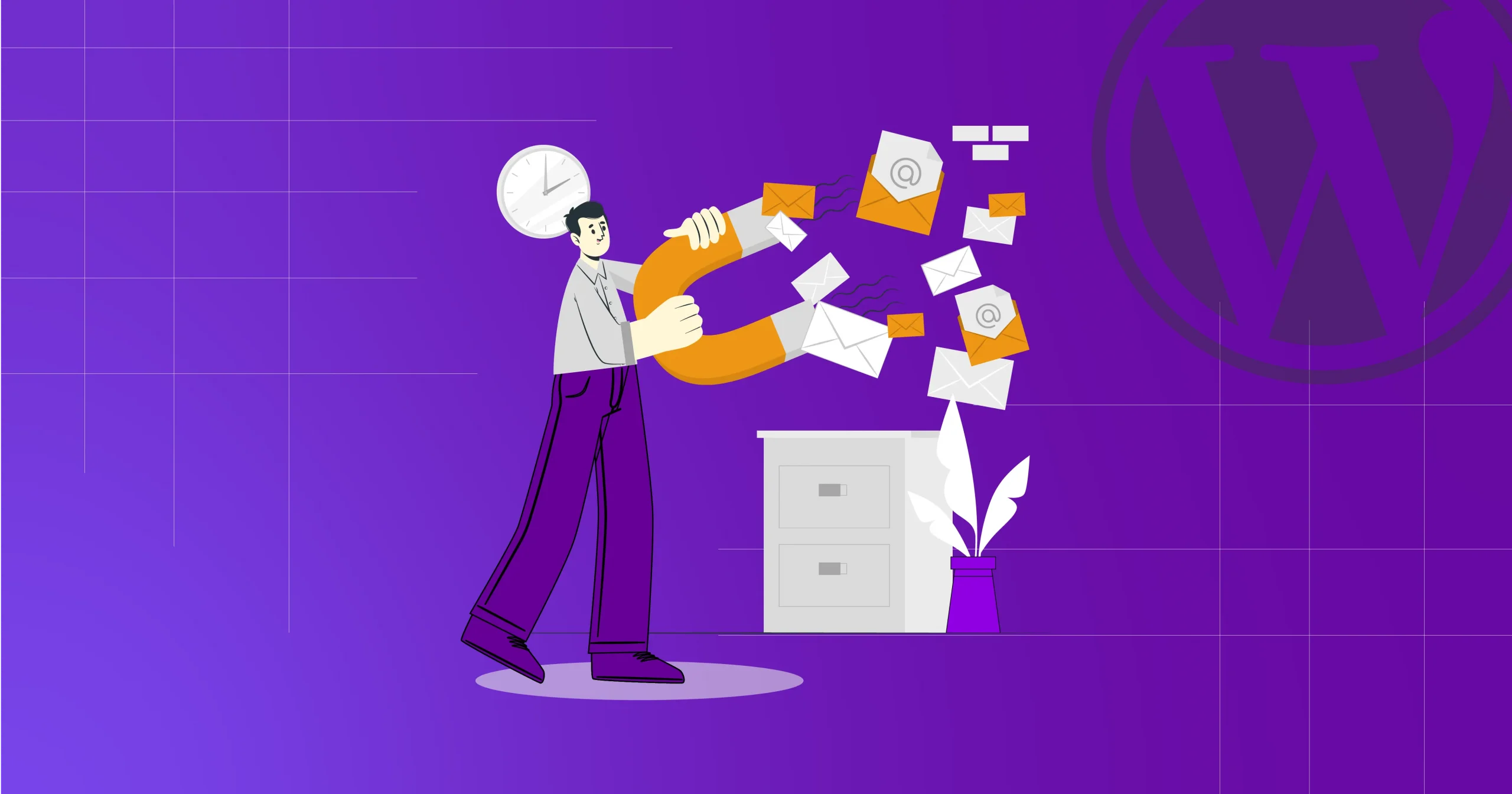
How to Increase Email Engagement: 15 Tested and Proven Email Engagement Strategies
Last Updated:
In today’s digital age, where inboxes overflow with emails, standing out from the crowd is challenging!
361.4 billion emails flood inboxes daily, and the number will climb even higher by 2025! Your emails are most likely among them too, only destined to be buried. In these ever-rising numbers, it’s tough to be the one who’s leading forward.
In a world filled with noise, a quiet voice can be the most powerful voice of all.
Maya Angelou
But, how do you make your quiet voice resonate in the email chaos? The answer lies in the email engagement strategy. It’s the secret sauce that transforms forgettable emails into remembered interactions, driving results and building lasting connections.
So, without further adieu, let’s dive into this blog!
What is Email Engagement?
Email engagement is the measurement of how your email subscribers interact with and respond to received emails. And, email engagement strategy is the planning and tactics used to increase subscriber interaction and response to email messages.
Email marketing generates, on average, $36 for every dollar spent.
Hubspot
Now, before exploring methods to improve email engagement, it’s necessary to know how it works. Email engagement focuses on improving three email marketing metrics:
- Email Open Rate: The percentage of the recipients who opened the mail
- Click-through Rate: The percentage of the recipients who clicked on a link attached to the email
- Conversion Rate: The percentage of recipients who complete a desired action – for example: downloading a product after clicking through the email
The higher each rate climbs, the more favorable the outcome for your email marketing efforts.
So, let’s find out 15 strategies to engage your emails.
15 Email Engagement Strategies to Boost Email Interaction
Reaching the inbox isn’t your goal – engaging people is.
Matt Blumberg
As Matt Blumberg, author of Startup CEO, Co-Founder, and CEO at Bolster, says only reaching inboxes should never be your goal. Rather, we must aim to reach people’s hearts, yes- that’s how emails should be.
But, how can you achieve this goal?
Well, we have assembled a few effective strategies to improve engagement in emails. They are:
Always Send Welcome Emails
Welcome emails generate 320% more revenue per email than any other marketing email
Invesp
Welcome emails are a fantastic way to introduce yourself and make a great first impression. As 74% of new subscribers expect a welcome email after they subscribe to your email list.
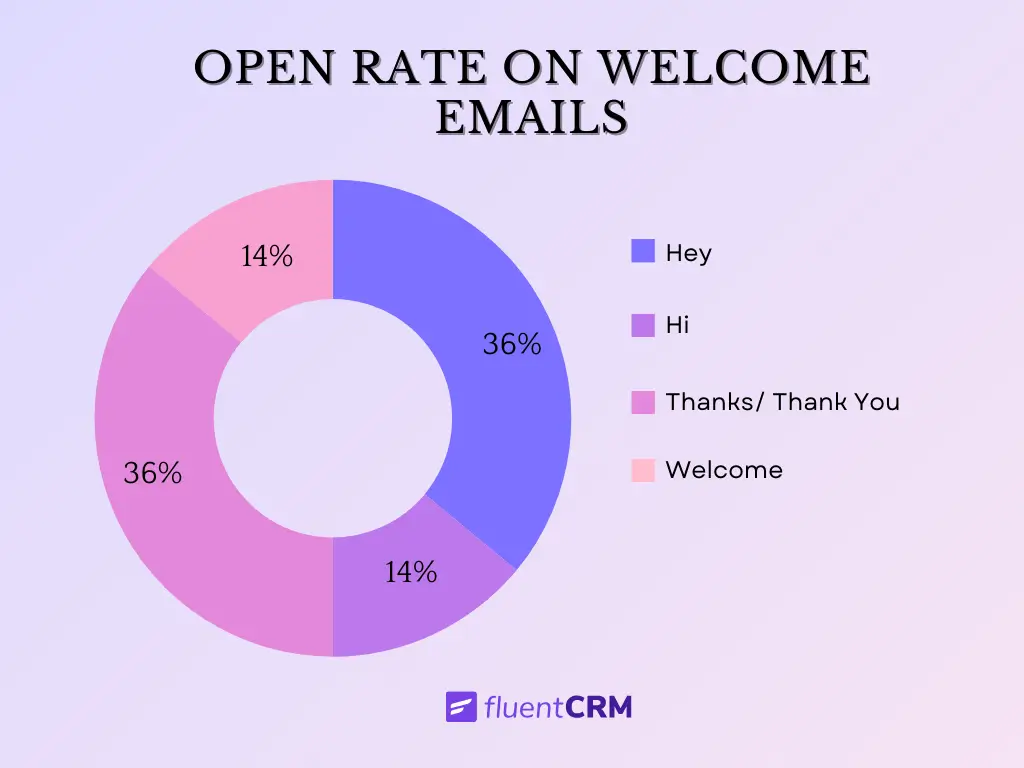
Welcome mail is your chance to greet new subscribers warmly, set the tone for your relationship, and provide them with valuable information. It helps to set expectations, show off your brand, highlight what you offer, and often lead people to your service.
And guess what’s the pleasant surprise? Welcome emails are a big hit with recipients!
Write Catchy Subject Lines
Email subject lines are just like first impressions – they really matter!
47% of email recipients will open an email based on the subject line alone. And 69% of email recipients will report spam based on the subject line. Not just that, using urgent subject lines increases the open rate by an average of 22%!
So, it’s not only us who are claiming subject lines are important, these stats proves its importance. But, before you craft one, here’s a thing to keep in mind: there is a character limit of 55 characters. So, write a short yet good subject line within that limit.
To write a good subject line, remember to:
- Create urgency
- Make it feel personal
- Keep it short and sweet
- Avoid caps lock, spam-triggering words, and exclamatory sign
Following this trait will get you a good subject line. But if you are aiming for ‘great’, then why not look at some cool sales subject lines examples?
Always Write Preheader Text
The average office worker sends 40 work-related emails and receives 90 each day.
Techjury
In today’s busy world, people don’t have time to open every email they get. So, they use the preheader text to decide which emails are worth opening. If they know what is your email about from the preheader, they’re more likely to open it.
So, make sure your preheader text is clear and interesting to raise the chances of people opening your emails.
Mobile Friendly Design
It’s the modern age and almost every person has a smartphone. A mobile-friendly design ensures your content shines on all devices. It also enhances user experience, boosts engagement, and keeps your audience connected effortlessly. So, without wasting any moment, make sure all your emails are mobile-optimized to ensure a better conversion.
Approximately 41% of all email views come from mobile devices.
Hubspot
To optimize your emails on mobile phones, you can follow a few steps:
- Use 1 CTA, but outstanding CTA
- Make sure that your custom fonts are showing up correctly
- Be mindful of different aspect ratios
- Don’t display content outside the visible area
- Use a single-column layout for mobile devices with a font size of at least 16px
- Include product images and graphics that are optimized for mobile screens

Up to 80% of people viewing an email on their phone will delete it if it isn’t optimized for mobile viewing. So, whatever you do, make sure you don’t skip the mobile optimization part.
Tell a Story
From our ancestors to our predecessors, one thing remained common: our shared love for story. Nothing can be more enticing than a good story. But how will you use storytelling to drive more email traffic?
In email marketing, you can use stories to highlight what sets your brand apart and evoke emotions. You can share:
- Anecdotes
- Analogies
- Customer experiences
These will help you to paint an idea and demonstrate the value of your content. Remember, storytelling isn’t limited to words — it includes visuals and layout to create a compelling brand narrative and enhance customer engagement.
In Worry, Think SWIFT
SWIFT stands for ‘So, what’s in it for them?’
According to Princeton psychologists Janine Willis and Alexander Todorov, it takes six seconds to form an impression of any stranger discovered by a series of experiments.
As you have only six seconds to make an impression on your customers, you can imagine this as a Lighting strike—you’ve got a brief moment to captivate your recipient and leave a lasting impression that sparks action. To that, always think of SWIFT.
You can implement the SWIFT strategy by focusing on their:
- Needs
- Wants
- Interests
Remember, your email is always about them, not about your MQL number.
Provide Statistics
I’m only as good as the data I’m given. This mantra should be followed in all your marketing efforts. Clean, top-notch data doesn’t just enhance deliverability; it also fuels personalization, testing, and optimization.
Emails providing quality data witnessed a 20% increase in email open rates and a 15% boost in conversion rates.
Experian
So, the stats confirm the direct link between data quality and email marketing success. So, try to provide and gather proper data for an exponential boost in your email engagement!
A/B Testing: Check What Works Better
A/B testing is a method of comparing two versions (A and B) of a webpage, email, or other marketing asset to determine which one performs better. The test is usually conducted to boost email engagement strategy by allowing you to compare different versions of your emails to see what works best.
For example, you can change subject lines and CTAs, and compare the results between the set A and Set B subscribers. This result can visibly improve your email’s performance.
A/B testing is a must if you want to drive more email traffic. Many email marketing tools such as FluentCRM, Mailchimp, etc allows marketers to run A/B testing with ease.
Segment Your Clients
To not have an email address is the digital equivalent of being homeless. Without it you can’t shop online, bank or engage with social media.
Dela Quist
Imagine a bunch of your friends went to a party where everyone gets their favorite snacks and drinks. Feels like a dream right? The same thing goes in the case of email marketing– it’s all about catering to individual tastes. You can segment your audience list based on:
- Demographic Data: location, age range, gender, and industry, etc.
- Type of Customer: New customer, frequent customer, and free trial subscriber
- Level of Engagement: Engaged users, inactive users
- Purchase or Activity History: Last purchase, recently viewed items/services on your website, etc.
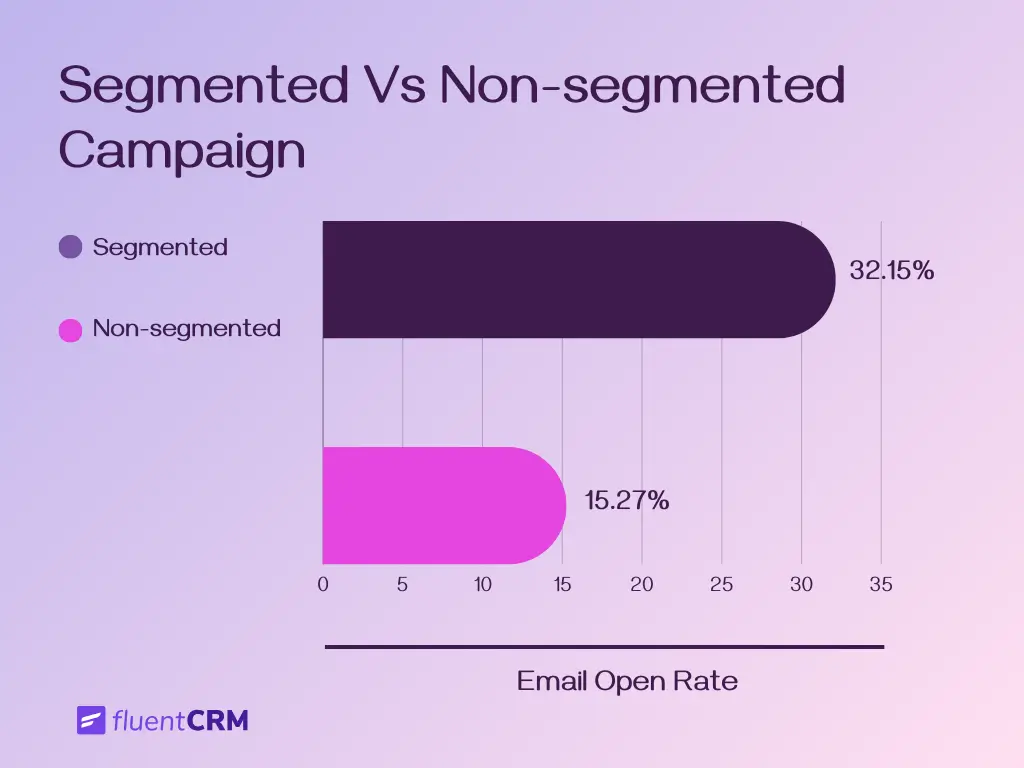
By segmenting your contacts into smaller, more targeted groups based on demographics, behavior, or preferences, you can send content that resonates more deeply with each segment. This personalized approach not only increases engagement but also strengthens customer loyalty.
So, get ready to amp up your email game with segmentation and watch those click-through rates soar!
Personalize Content
Email personalization is like a barista remembering your go-to coffee order. It is like that special touch that turns mundane routine emails into delightful, engaging experiences. Just like returning to your favorite coffee shop, personalization keeps clients coming back to your products.
Emails with personalized subject lines are 26% more likely to be opened.
Campaign Monitor
So, there’s no way to ignore personalization. It’s the only way to connect to your audience one-on-one. However, email marketers often tend to forget that personalization is not limited to just addressing them by their names.
Personalisation – it is not about first/last name. It’s about relevant content
Dan Jak
As the Head of CRM of DMG media, Dan Jak said, personalization doesn’t just mean including the recipient’s first name. Make it feel like the whole email is personalized to their needs.
Take a look at Netflix’s example of personalization given below:
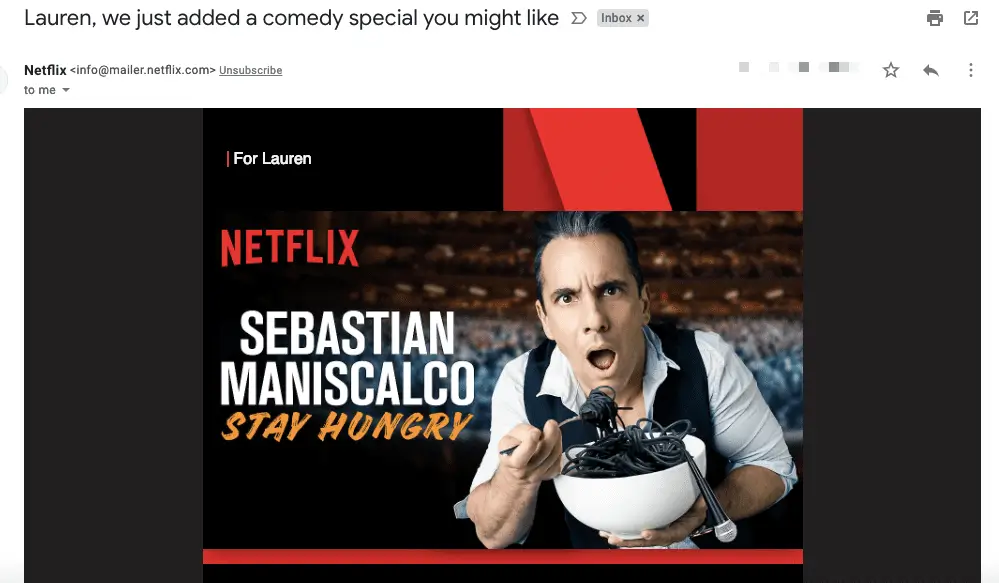
Netflix sent this customer, a comedy buff, an email about Sebastian Maniscalco’s latest show. Netflix tailors suggestions for everyone, ensuring every recommendation hits the spot.
So, tap into personalization and see your email traffic skyrocket like never before!
To know more about all the ins and outs and how to personalize your email – give it a read!
Time Your Emails Well
Emails sent at 9- 10 am receive the highest open rates.
Optinmonster
Timing is everything in email marketing. For example, For the typical 9-to-5 office worker, sending emails around 9 – 10 a.m. should give better results. Because by then, they’ve probably tackled their morning inbox frenzy, making it more likely they’ll notice and respond to your message.
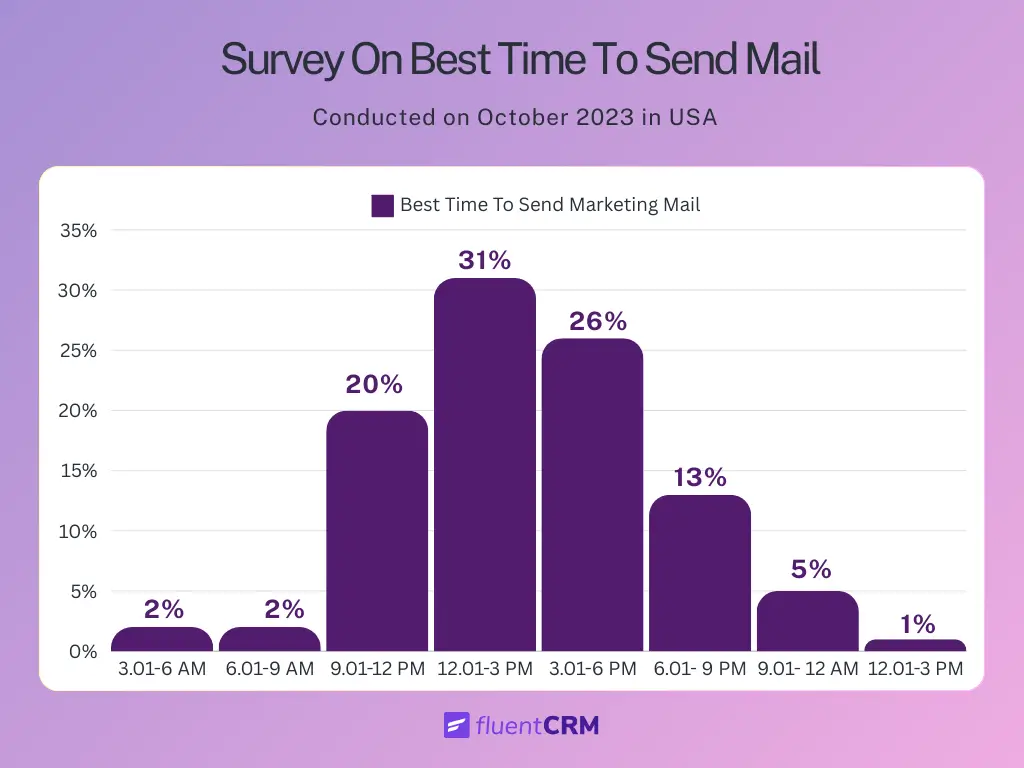
It’s crucial to hit your audience’s inbox when they’re most likely to engage. So, whether it’s mid-morning coffee breaks or after-work wind-downs, timing your emails strategically can significantly boost your open and click-through rates. After all, sending the right message at the right time can make all the difference in driving engagement and conversions.

Remove Cold Subscriber
A bad email reputation is like a hangover: hard to get rid of and it makes everything else hurt.
Christ Marriott
If you have some subscribers who seem as cold as the North Pole, you need to bid them farewell. Removing cold subscribers who haven’t engaged with your emails for a while — can warm up your email list!
According to Wendy Margolin, the best tactic for improving email engagement is scrubbing your list of cold subscribers. Once they’re gone, your open rate will go up, and your email is less likely to go into spam for your other subscribers.
Despite how harsh it might sound, by trimming away inactive subscribers, you’re not just decluttering; you’re also boosting your email traffic rates and focusing on those who are genuinely interested in what you have to say.
Read email list management best practices to understand how to manage your contacts.
So, don’t be afraid to give your list a little spring cleaning — it’s all about keeping things fresh and lively!
Induce FOMO
Tell me and I will forget, show me and I may remember, involve me and I will understand.
Confucius
Imagine you’re standing outside a sold-out concert, hearing the cheers and feeling the excitement—but you’re not inside. That’s FOMO, the fear of missing out.
And, it’s a game-changer in email engagement strategy. Just as Confucious says, you have to engage your customers to make them understand the FOMO of your service.

To induce FOMO, you can craft headlines that offer exclusive insights, limited-time deals, or behind-the-scenes peeks. Make subscribers feel like they’re missing out if they don’t open your email. Words like ‘’Act now,’’ ‘Limited time,’ ‘Limited quantities,’ ‘Today only,’ and ‘Going fast’ etc. will help to induce FOMO.
FOMO is the ultimate ticket for driving engagement and keeping your audience hooked!
Referral or Social Proof
93% of consumers say that online reviews have an impact on their purchasing decisions.
Podium
This is especially true when clients are testing out a brand-new item or service. Humans are social beings. We crave connection and validation and that’s just human nature.
So when we’re faced with something new, especially a brand-new product or service, we instinctively look for validation. That’s where social proof comes in – it disarms our skepticism.
In your emails, you can ditch the self-promotion and let your customers be your cheerleaders!
Take Duolingo for instance. They showcase the sheer volume of users, and cleverly highlight their diverse professions to boost engagement. It’s a subtle but powerful strategy, to show you’re not entering into uncharted territory – you’re joining a thriving community.
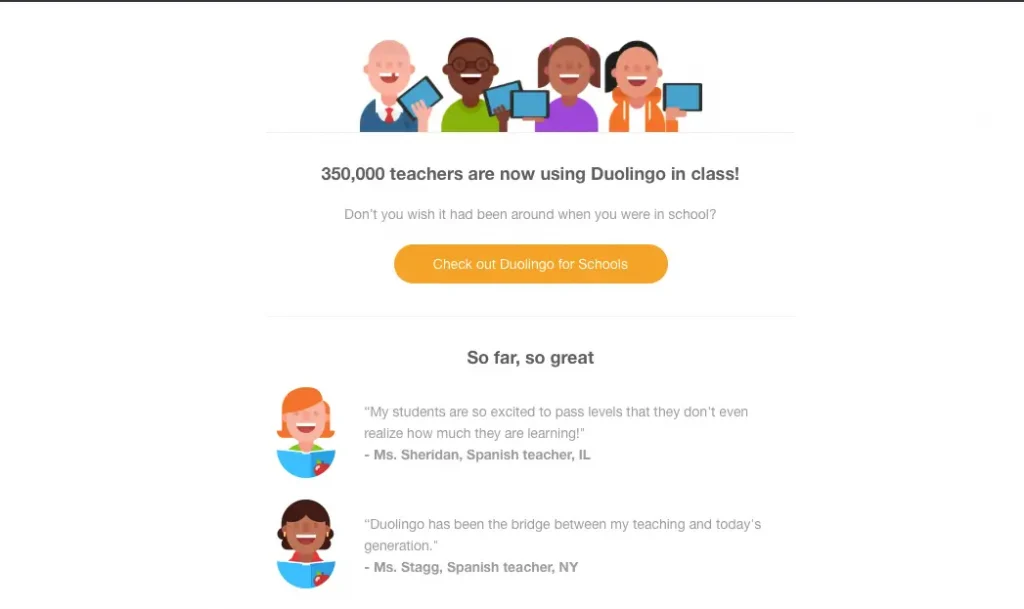
Make CTA Prominent
Just like a road sign on a highway, CTA shows your clients the way forward to the way that leads to you. CTA is one of the most important elements of your email. So, you need to make your CTA stand out so that it can grab attention and make it easy for people to click and engage.
Email CTAs get an average click-through rate (CTR) of 3-5%.
Databox
But, if your email adds another drop in the ocean of ‘Learn More’, it will be frustrating for your customers. Spice up your CTAs with action phrases like “See it in action!” or “Try it now!”
Better yet, use words from your message. Your CTA should be the spark that ignites curiosity and prompts action, not just another forgettable tagline.
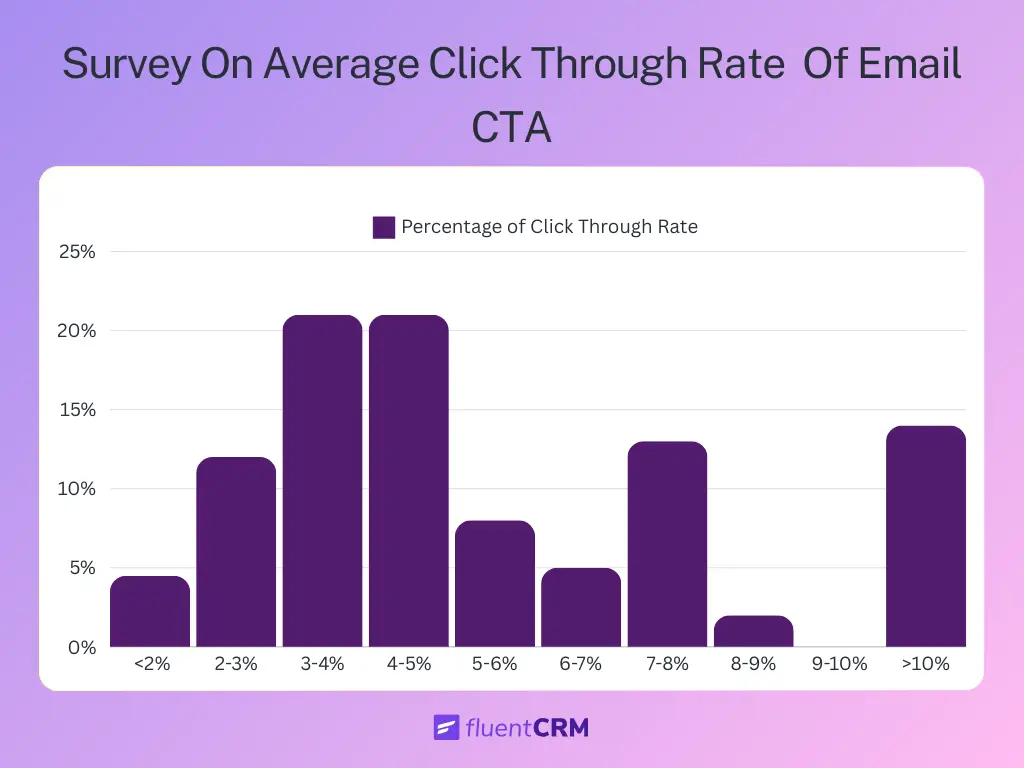
Common mistakes to avoid
Following these 15 tips will increase your connectivity with your audience. However, you need to avoid some common mistakes to help your emails create necessary email interaction.
A few common mistakes are:
- Sending promotional or discount emails only
- Ignoring unsubscribe request
- Neglecting GDPR request
- Adding too many images in email
- Not tracking an email campaign
Avoiding these shouldn’t be tough. But if you need further guidelines on this topic, here is a resource you can look into!
Elevate Your Email Engagement Strategy with These Tried-and-Tested Tactics!
If you love someone, set them free. If they don’t come back, put them in a 21-day email campaign.
Rohit Srivastav
As Rohit Srivastav, said, you can always make your subscribers come back to you. What you need to do is – just level up your email engagement strategy!
If you need extra help, check this documentation to learn about crafting interactive emails with FluentCRM.
So, keep it simple, keep it engaging, and watch your email engagement soar.
Happy email crafting!
FAQ
Some common questions you might be looking for answers to:
Try Our Free Marketing Automation Plugin for WordPress!



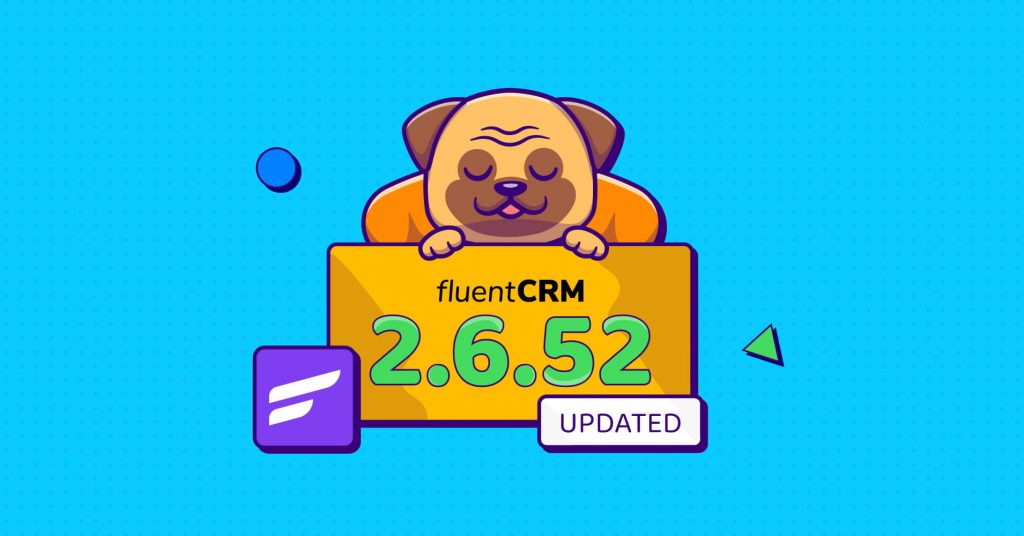
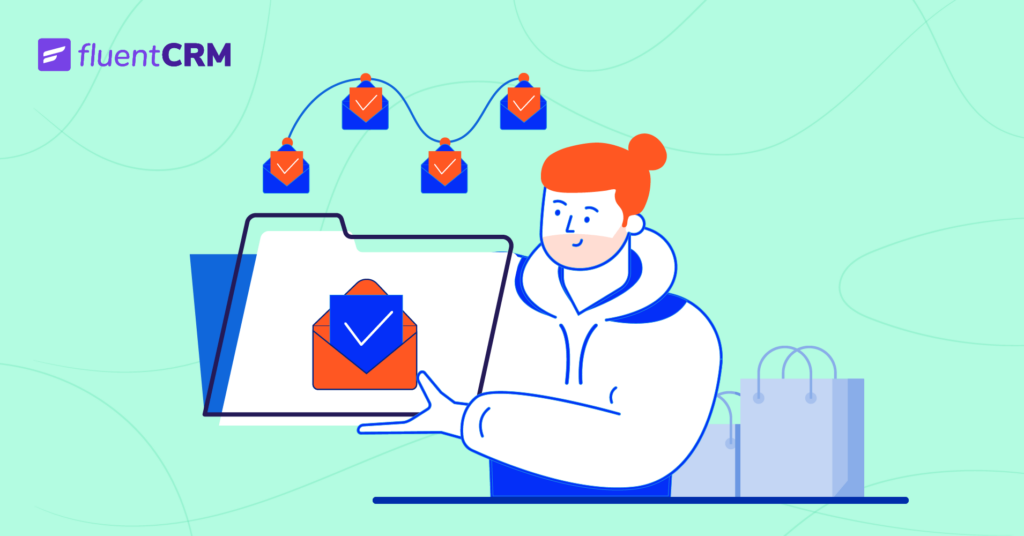
Leave a Reply